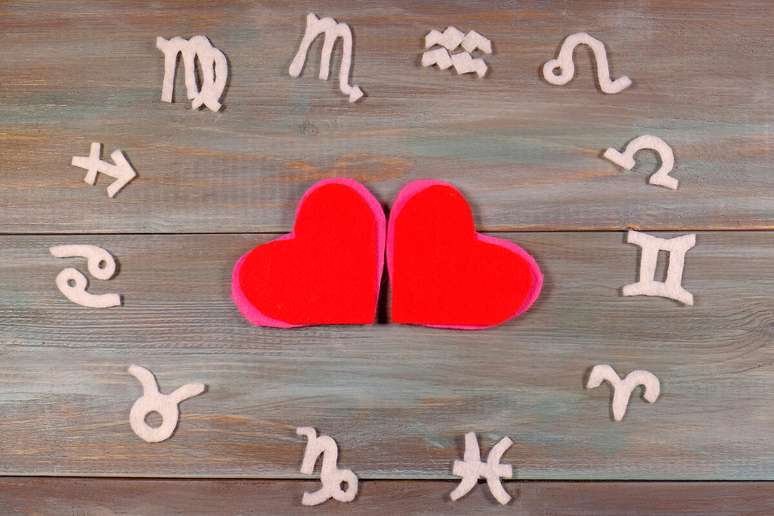-
The use of hats dates back to antiquity, with evidence in several cultures. Throughout history, different styles of hats have come and gone out of favor, reflecting fashion, regional customs and climate. See some noteworthy ones.
Photo: public domain/author unknown/Flip
-
The Panama hat is a classic made of toquillero straw, originally from Ecuador. It is lightweight and breathable, ideal for warm climates, and is often used by tourists and locals during the sunny months.
Photo: Disclosure / Flip
-
The fedora is a felt hat that gained popularity in the 20th century, especially among men. It is versatile, used in informal and formal settings, being a symbol of style and sophistication in various parts of the world.
Photo: – Clip Smooth Criminal / Flipar video playback
-
The cowboy hat, or Stetson, is usually made of felt or straw and is an icon of American Western culture. This hat is often worn by ranchers and cowboys, as well as being popular at rodeos and outdoor events.
Photo: Freepik image / Flipar
-
The boonie hat is a wide-brimmed canvas hat designed to protect from the sun and rain. Commonly used by military personnel and adventurers, it is popular in tropical environments and during outdoor activities.
Photo: flickr Recon Reviews / Flip
-
The straw hat is a light and airy accessory, made with natural fibres. Widely used in tropical regions and during summer, it is a favorite at beaches and outdoor festivals.
Photo: Freepik image / Flipar
-
The top hat is made of felt or silk and is a symbol of class and elegance. Traditionally used in formal events and ceremonies, it is often associated with weddings and gala evenings.
Photo: Disclosure / Flip
-
The felt hat, or trilby, is a shorter variant of the fedora, also made of felt. This hat is popular among young people and worn in urban environments, providing a touch of casual style.
Photo: Disclosure / Flip
-
The Mexican sombrero is a wide-brimmed straw hat, designed to protect from the intense sun. It is a symbol of Mexican culture and is often used during traditional festivals and celebrations.
Photo: AlejandroLinaresGarcia/Wikimédia Commons / Flipar
-
The ushanka is a Russian hat made of fur or felt, characterized by ears that can be turned down. It is used to protect against extreme cold and is popular during the winter in Russia and countries with harsh climates.
Photo: Disclosure / Flip
-
The cloche hat, a symbol of 1920s fashion, is made of felt or fabric and has a rounded shape that fits the head. Used primarily by women, it is ideal for formal and everyday events in colder climates.
Photo: Flickr AT MODISTA and public domain / Flipar
-
The chapeau de paille, or French straw hat, is a light and elegant option for summer. Commonly used in outdoor parties and picnics, it is a popular fashion item in France and other European countries.
Photo: Disclosure / Flip
-
The deerstalker is a hunting hat, typically made of tweed, famous for its association with Sherlock Holmes. It is mainly used in outdoor activities such as hunting and hiking, especially in the mountainous regions of Great Britain.
Photo: disclosure of the Sherlock Holmes series / Flipar
-
The beanie, a wool or acrylic hat, is popular in cold weather to keep your head warm. Widely used in winter activities such as skiing and snowboarding, it is an essential piece of winter clothing.
Photo: Freepik/Flipar images
-
The beach hat is made of fine straw, designed for sun protection during summer. It is often used in coastal environments and in activities such as surfing and tanning.
Photo: Disclosure / Flip
-
The beret is a round and flat hat, traditionally made of wool or felt, originally from France. Used by artists and intellectuals, it is a symbol of bohemian style and often associated with French culture.
Photo: Sérgio (Savaman) Savarese/Wikimédia Commons / Flipar
-
The kepi is a short-brimmed military hat made of cotton or wool, commonly worn by troops in various parts of the world. It is a symbol of authority and discipline, often seen in military parades and ceremonies.
Photo: Disclosure / Flip
-
The sailor hat is a traditional accessory made of canvas or cotton, worn by sailors and fishermen. This hat is popular in coastal regions and during nautical festivals, symbolizing maritime culture.
Photo: MC1 Jeremy Starr/Wikimédia Commons/Flipar
-
The bucket hat is a cotton hat with a flexible visor, ideal for sun protection. Popular among young people and at music festivals, it is a casual fashion item that became an icon in the 90s.
Photo: Instagram @justinbieber / Flip
-
The artist hat, or bohemian hat, is made of felt or lightweight materials, with a wide brim and relaxed style. Used in cultural events and by artists, it represents freedom and creativity in different contexts.
Photo: instagram @ju_romano / Flip
-
The graduation cap, or mortarboard, is made of felt, with a square base and a tassel, used in graduation ceremonies. This hat symbolizes academic achievement and is a traditional item in ceremonies at various institutions around the world.
Photo: Freepik image / Flipar
-
The conical hat, known as “nón lá”, is a cultural symbol of Vietnam, made from palm leaves or bamboo. It is lightweight and breathable, widely used by farmers and rural areas, providing protection from sun and rain.
Photo: Image by Long Phung from Pixabay / Flipar
-
The bowler hat is a helmet, with a round crown and brim well curved on the sides, worn by men in the late 19th century. The actor and director Charles Chaplin wore .
Photo: courtesy of the Elysée Museum Lausanne / Flipar
-
The top hat, a tall, cylindrical hat made of felt or silk, is an icon of formal attire. Traditionally used in gala events and ceremonies, it is often associated with magic and illusion shows.
Photo: Disclosure / Flip
-
The cowboy hat, also known as a Stetson, is usually made of felt or straw and represents the culture of the American West. It is widely used by cowboys and rodeos, as well as being a symbol of style and adventure in outdoor activities.
Photo: Cacobianchi wikimedia commons/Flipar
-
The chef’s hat, or toque, is a traditional accessory made of cotton or polyester, characterized by its height and tubular shape. Used by chefs and restaurant cooks, it symbolizes professionalism and hygiene in the kitchen, as well as helping to keep hair out of the face when preparing food.
Photo: Freepik image / Flipar
To share
Source: Terra
Ben Stock is a lifestyle journalist and author at Gossipify. He writes about topics such as health, wellness, travel, food and home decor. He provides practical advice and inspiration to improve well-being, keeps readers up to date with latest lifestyle news and trends, known for his engaging writing style, in-depth analysis and unique perspectives.









